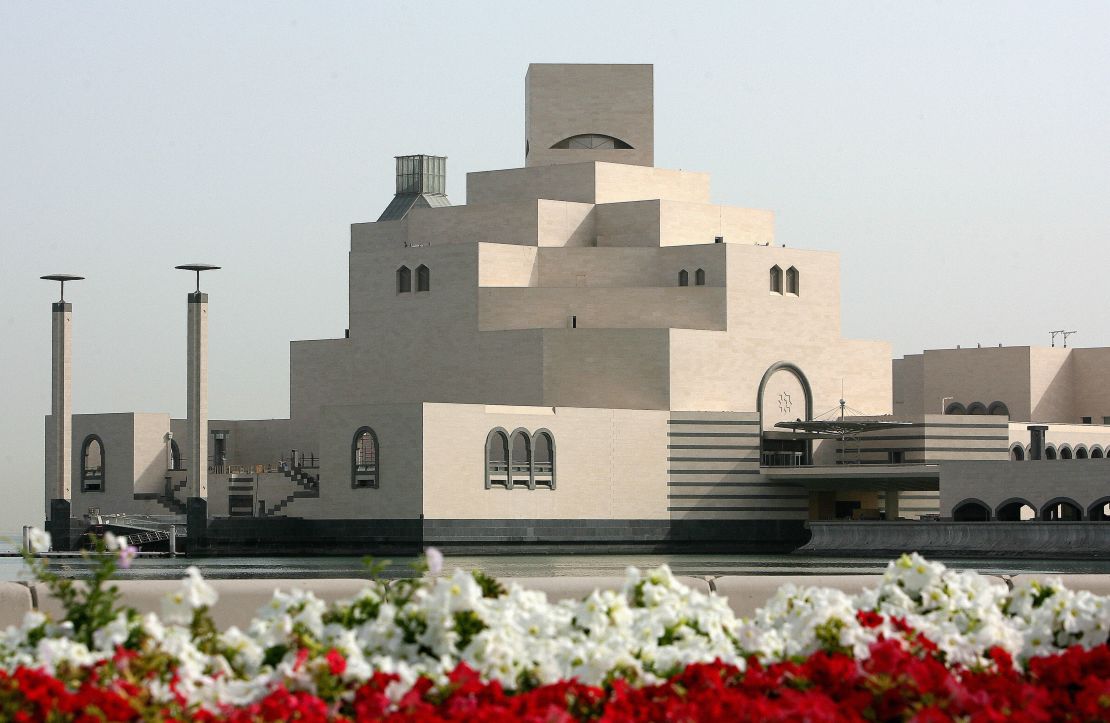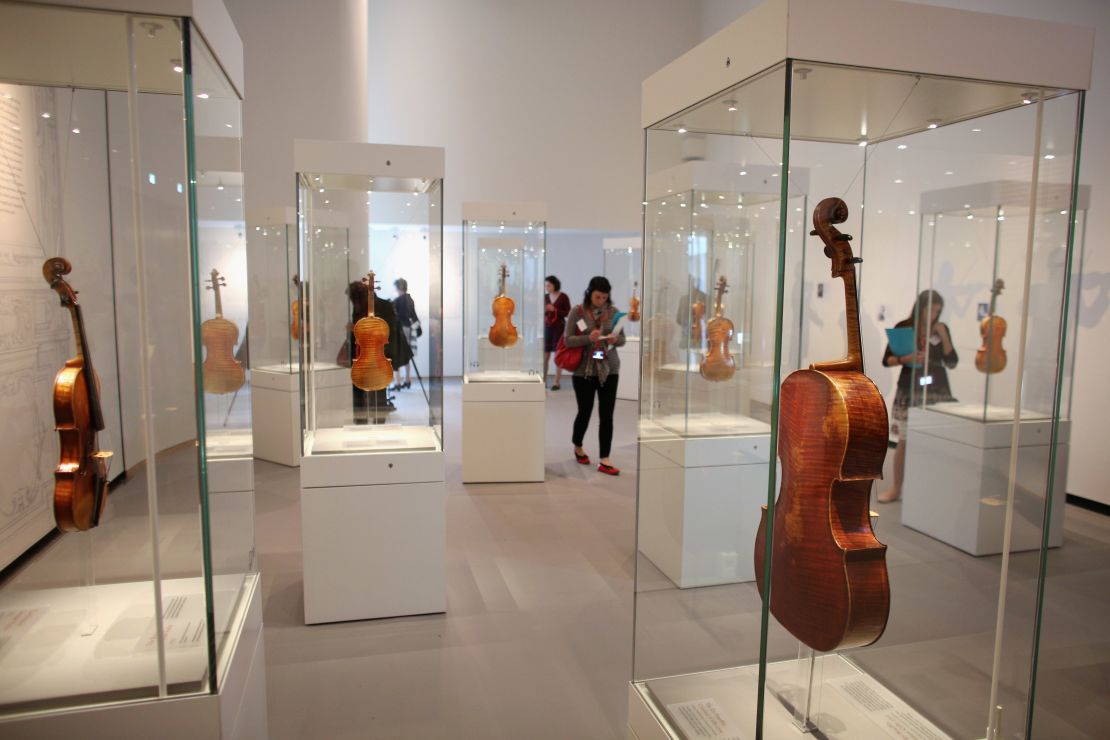Story highlights
Supposedly "free" museums are given billions of tax dollars every year
They also generate $7 for every $1 they spend, according to insiders
Kids often love interactive displays, but what do you think about museums? Love them or hate them? Let us know in the comments
With global tourism expanding at exponential rates and in innovative ways, what role can traditional institutions such as museums expect to play in contemporary travel itineraries? Can they still rely on the intrinsic value of their collections? Or do they need to start telling their stories with more force?
Graveyards for stuff. Tombs for inanimate things.
Their cavernous rooms and deep corridors reverberate with the soft, dead sounds of tourists shuffling and employees yawning.
They’re like libraries, without the party atmosphere.
Occasionally a shrill voice bounces down from a distant hallway: “No photos!” and I swivel to see something, anything, that might be interesting.
But it’s not.
Leering at a censured tourist for kicks says more about my own desperate situation than it does his, and anyway, it could have been me.
I unwrap a biscuit to get through the next 50 yards of 19th-century teaspoons and the same shrill voice rings out again: “No food!”
I’ve always hated museums.
Yet twice or three times a year, I somehow find myself within one, shuffling from glass case to glass case, reading the little inscriptions, peering closely at the details, doing what any “good traveler” does.
Two hours later I walk out bored, hungry and far less glad to be on vacation than when I went in.
The main thing you learn in museums, it seems, is how not to run a museum.
Amassing phantom university credits
“Vase: Iran; circa 15th century,” I’m told, time after time, as if this is all I need to know.
As if what isn’t said I should know already.
As if I’m not going to forget every dusty nugget of non-information the moment I walk away.
“The Age of Algae: September 1-December 15; $15 only,” they offer, as if charging me for something I don’t care about is a privilege.
Worst of all, there’s a climate of snobbery surrounding this whole industry.
Confess that rather than stare glumly at an old beer chalice on a plinth you’d prefer to drink happily from a shiny new one in a pub, and you risk being outed as an ignoramus.
Well, I’m outing myself. I’m a museo-phobe.
It’s not that the hollow sound of shoes echoing off marble floors sends me into a fit of rage. It sends me into a shrug of ennui.
Clearly the institutions behind museums are valuable. A lot of work is done outside the musty confines of their collections, from discovering new mammals in the jungles of Ecuador to creating and growing a huge global seed bank.
They provide an umbilical link between our planet and our history to the future.
But inside these crypts of curatorship, the connection to humankind falls short.

Last year I visited Doha’s Museum of Islamic Art – a landmark at least as celebrated, if not more so, for its architecture than its contents, and no wonder.
After the 200th glass case containing an old bowl – or was it a plate, or perhaps it was some more cutlery, who knows, who cares – I decided the photo opportunity across the sea was the best thing about the place.
I’ve been to a sex museum in Amsterdam and never felt less titillated.
I’ve been to a beer museum in Prague and never felt less intoxicated.
Where’s the “muse” in all these museums? Where’s the theater?
Millions of dollars, to see a rock
I put equivalent questions to several of the big museum names around the world, including the Smithsonian Institution, The British Museums Association and the Western Australian Museum.
Most didn’t get back to me, but Ford W. Bell, president of the American Alliance of Museums, did. You can read his full, unedited letter here.
As is usual when you ask any museum pro what the problem is, it comes down to money.
“Since the Great Recession, our studies show that fully two-thirds of museums have reported financial stress,” says Bell.
“Many have been forced to cut staff, hours and programs. At the height of the downturn, even the Metropolitan Museum of Art and the Getty – arguably the two richest museums in the country – cut their staffs.”
Many of the world’s biggest and best museums are dependent on public money.
London’s Natural History Museum needed £82 million ($128 million) to operate over 2012/2013, and nearly £46 million of this, 56%, came from government grants.
The Smithsonian has been government funded to the tune of $811.5 million for 2013 – 65% of its total costs.
Yet these are still cited as among their country’s best “free” activities.

Insiders claim they generate far more money than they suck up. “One statistic I never tire of citing – for every $1 a municipality invests in cultural organizations, including museums, $7 are returned to the public coffers. That’s a return that would make Warren Buffett swoon,” says Bell.
Fair enough, I don’t question the wider benefits of museums, economic or otherwise.
But the collect-and-cage policy that defines the visible exhibits, much of which is not even visible most of the time, is anathema to an engaging experience.
The exhibit just opened by the Smithsonian is a good example.
“Souvenir Nation” showcases souvenirs from history and among its most noteworthy items are a brick from President Washington’s childhood home, a piece of Plymouth Rock chiseled off by a 19th-century tourist, locks of hair from former U.S presidents and a napkin belonging to Napoleon.
So this icon of world museums is now proudly displaying an old brick, an old piece of rock, some hair and a napkin.
Is there any other industry that could get away with this?
This smacks of the most smugly provocative modern art, which insists that anything the curate deigns to put inside the building inevitably becomes “interesting.”
Well, sorry. If you want me to fork out for some audio guide headphones, a gift shop key ring and even the $25 book at the end of it all, you need to do better.
Where’s the relevance? Why, in places designed to celebrate life and all its variety, is there such a lack of vitality?
Great for kids, but what about the rest of us?
My trip two years ago to Hong Kong’s Science Museum convinced me that if there were a World Championship for Most Dreary Things To Do On Vacation, museums would be disqualified for going over the top.
One of its centerpieces is a large ball bearing that trundles through a kind of miniature roller coaster on the hour. Between that and the Smithsonian’s brick, there lies a large pile of steaming desperation.
Of course some artifacts speak for themselves.
The Royal Armories in Leeds, England, shows off an 18th-century tunic on which you can still see the blood of the soldier who was speared, and presumably killed, while wearing it.
A brief description suffices – imagination does the rest.
But for the most part, museums need to stop relying on the supposed intrinsic value of their collections. Stop “presenting” when you should be flaunting. Give me a story. Show, don’t tell.

One area in which museums have struck some form of success seems to be with children.
“Museums annually invest more than $2 billion in education programs each year,” says Bell, adding that U.S. museums welcome 90 million schoolchildren each year.
Kids do seem to have a good time when pushing buttons, pulling levers and magnetizing soap bubbles (right up until they stop having a great time and turn into wailing bundles of hair and tears only a little more bored than the parents).
But where’s the equivalent for adults? Why should over-16-year-olds, who still make up the significant majority of museum-goers, be subjected to stiff, dry, academia-laced presentations as if fun were a dirty word?
Where’s your joy gone, museums?
I can’t claim to have the answers, but I do know I expect a sense of traveling back in time when I visit a museum, of feeling like I was there while these things lived or were used, of feeling the ghosts of the past grab me by the hand and walk me around.
Instead I get a sense of a classroom made of cold granite, the only sense of life emerging from the tourists.
On the odd occasion a museum does succeed in transporting me into history, I’m ripped right back out at the end of the route by the gift shop-coffee shop-toilet triple-whammy.
Nothing subverts a museum’s mission like a shiny, digitally printed banner broadcasting $4.95 replica Davids.
Are museums dull or do they do a good job? Leave your thoughts below
James Durston is a senior producer for CNN Travel, who has visited many of the major museums around the world. He lives in Hong Kong but doesn’t spend much time in museums there any more
